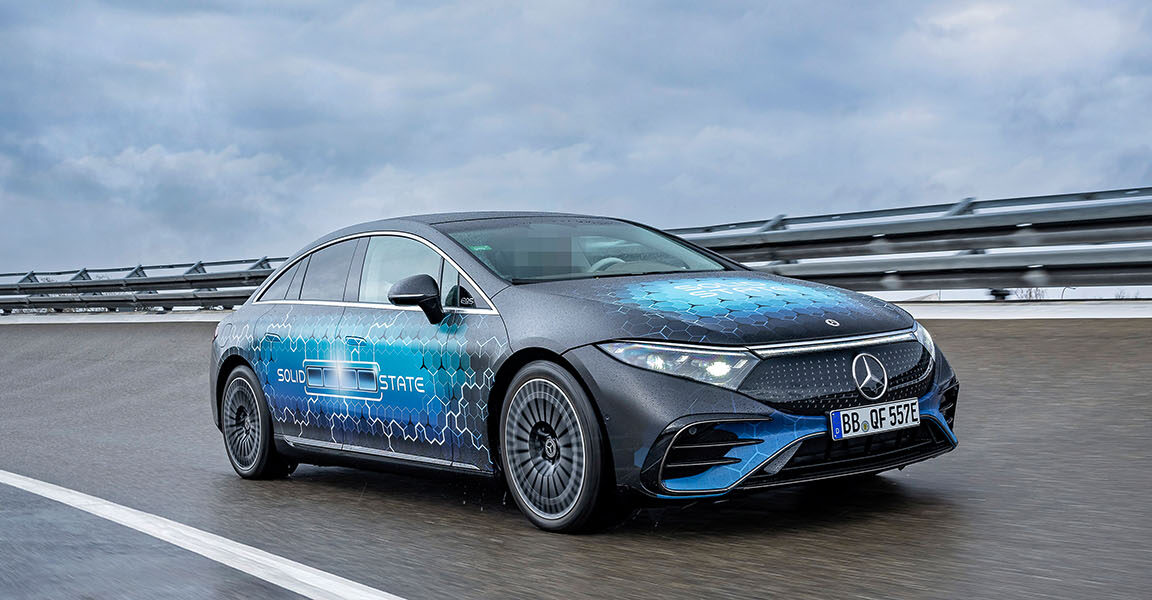
"These new solid-state cells are designed to be lighter and more compact than the lithium-ion batteries used in today's EVs. They should also be much safer, with nothing inside that can burn like those rare but hard-to-extinguish lithium-ion fires. They should hold a lot more energy, turning range anxiety into a distant memory with consumer EVs able to go four, five, six hundred miles on a single charge."
""If you look at what people are putting out as a road map from industry, they say they are going to try for actual prototype solid-state battery demonstrations in their vehicles by 2027 and try to do large-scale commercialization by 2030," says University of Washington materials scientist Jun Liu, who directs a university-government-industry battery development collaboration known as the Innovation Center for Battery500 Consortium."
Solid-state batteries promise lighter, more compact cells that are safer and store much more energy, potentially enabling consumer EV ranges of 400–600 miles and minute-scale charging. Prototypes have been demonstrated in labs, and industry road maps target prototype vehicle demonstrations by 2027 and large-scale commercialization by 2030. The technical feasibility of solid-state cells has largely been established, while the primary challenge is manufacturing them at scale and at acceptable cost. Superionic materials offer a potential pathway to address ion-conduction and stability issues, but practical large-scale production methods still need development.
Read at Ars Technica
Unable to calculate read time
Collection
[
|
...
]